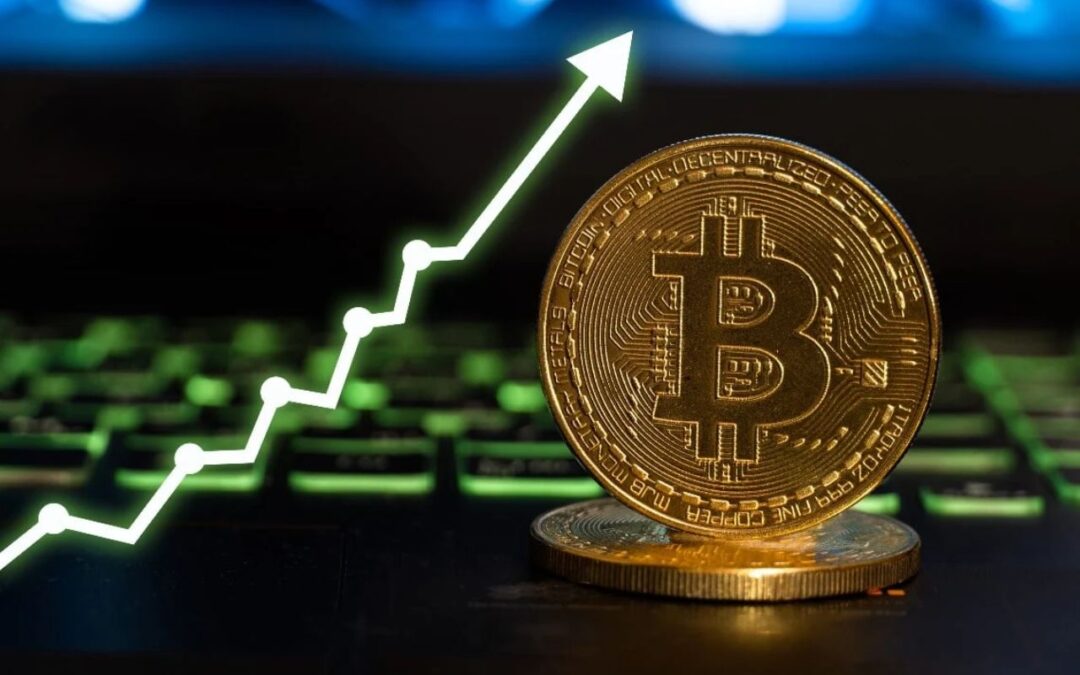Synopsis– The debate between stocks and Bitcoin as long-term investments is intensifying. As artificial intelligence (AI) rapidly transforms markets and technology, investors wonder which asset will endure and thrive in the next half-century. Both stocks and Bitcoin face unique challenges and opportunities shaped by AI, innovation, and changing economic landscapes.
Stocks Long History
Stocks represent company ownership and have existed since the early 1600s, starting with the Dutch East India Company. Over centuries, stocks have survived wars, recessions, and disruptions by adapting to new technologies and economic shifts. Companies that embrace AI for automation, data analysis, and new business models are likely to succeed. Markets like the S&P 500 have historically returned 7-10% annually after inflation, reflecting steady growth over time.
The future for stocks looks promising if businesses quickly adapt to AI-driven changes. Sectors such as robotics, biotechnology, and space exploration fuelled by AI innovation may drive strong growth. Still, companies that fail to innovate risk obsolescence. AI also improves stock market operations through data analysis and automated trading, enhancing decision-making speed and efficiency.
Bitcoin’s Promise and Challenges
Bitcoin, created in 2009, is a decentralized digital currency secured by blockchain technology. It aims to be both a store of value and a medium of exchange with a fixed supply capped at 21 million coins. This scarcity appeals to investors wary of inflation and fiat currency debasement. Unlike stocks, Bitcoin is less vulnerable to internal politics and relies on staying current with tech advances to stay relevant.
AI could help Bitcoin improve scalability, security, and efficiency making transactions faster and mining more energy-efficient. Automated trading and better market analysis thanks to AI may also support Bitcoin’s growth. However, Bitcoin faces hurdles such as regulatory uncertainty, high volatility, and scalability limitations, which make it less appealing for risk-averse investors compared to stocks.
Also read: Bitcoin Miner TeraWulf to Raise $3B from Google for New Data Center
AI’s Impact on Both Assets
AI accelerates innovation but brings disruption. For stocks, companies that swiftly integrate AI will outpace slower competitors. Firms directed toward AI-led business models will likely see higher returns. Yet, some traditional companies could become inefficient or obsolete if they do not keep pace. AI-driven trading algorithms also change how investors approach market moves, adding complexity and speed.
Bitcoin benefits from AI through enhanced network security and mining optimization. AI can also detect potential system issues early, ensuring reliability. The fusion of AI and blockchain may lead to a broader digital finance revolution, attracting more capital and users. Still, Bitcoin’s future depends on overcoming technical barriers and regulatory risks to gain wider acceptance.
Coexistence or Competition?
Predicting 50 years ahead is difficult. Stocks have a strong likelihood of surviving because of their deep ties to the real economy and institutional support. Diversified stock portfolios, especially in AI-driven sectors, offer resilience. On the other hand, Bitcoin could endure as a digital store of value or alternative currency if it scales well and navigates regulatory hurdles.
Experts suggest a coexistence scenario where stocks remain a foundation for traditional investing, and Bitcoin serves as an alternative asset amidst growing fiat currency skepticism. Advances like quantum-resistant upgrades for Bitcoin and AI-powered trading for stocks will influence their futures. Ultimately, success belongs to those who adapt swiftly to technology and changing global conditions.
In summary, stocks are more likely to thrive over the next 50 years due to their established role and adaptability. Bitcoin shows promising potential but faces higher risks and uncertainties. Investors would do well to understand these dynamics and consider balanced strategies reflecting both traditional and digital asset opportunities. The coming decades will reveal which investment gains the upper hand or if both can survive and prosper side by side.
Written By Fazal Ul Vahab C H





